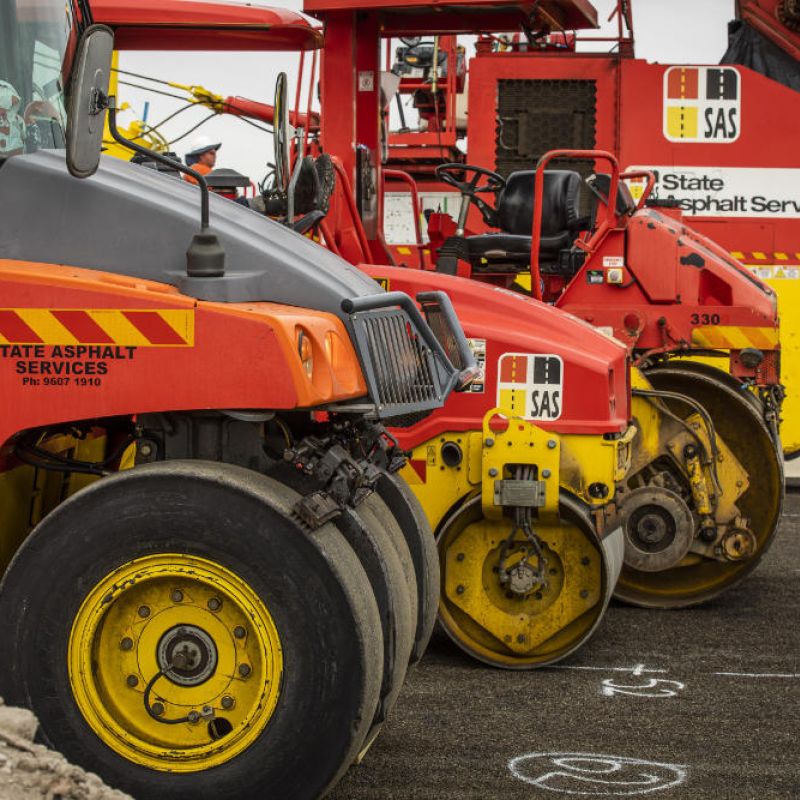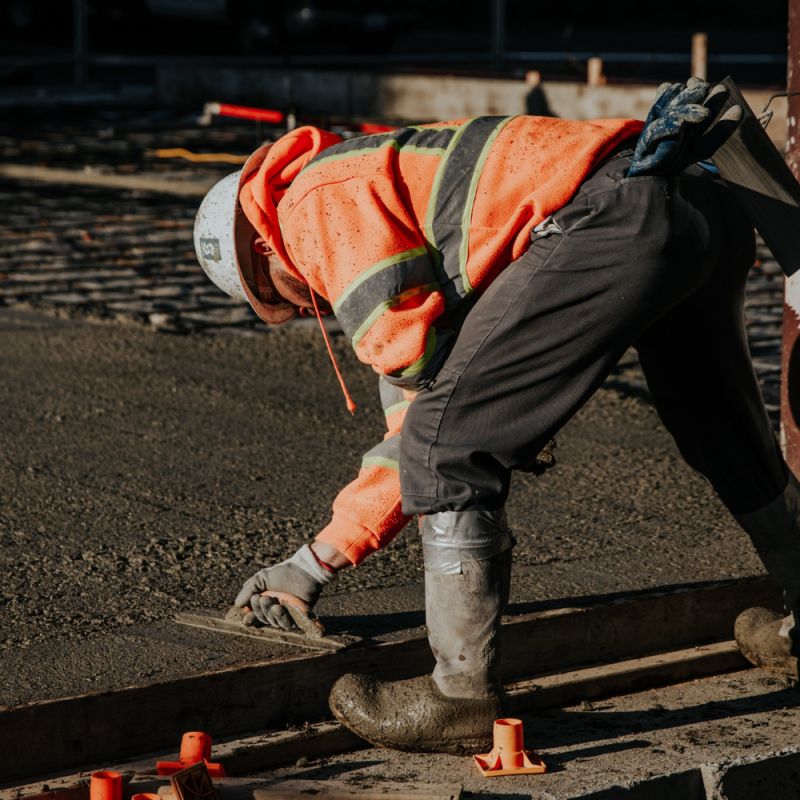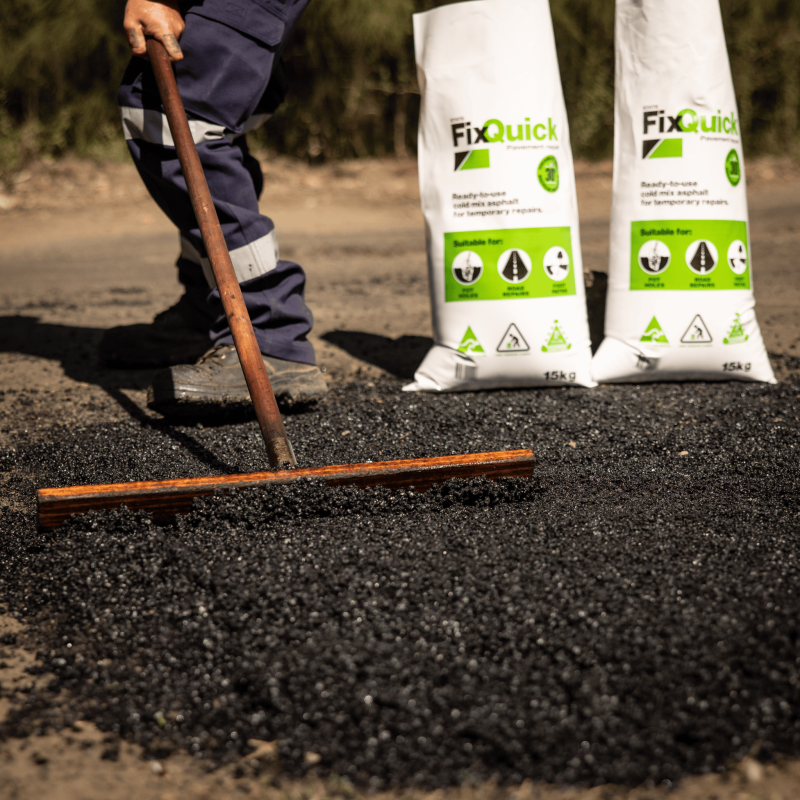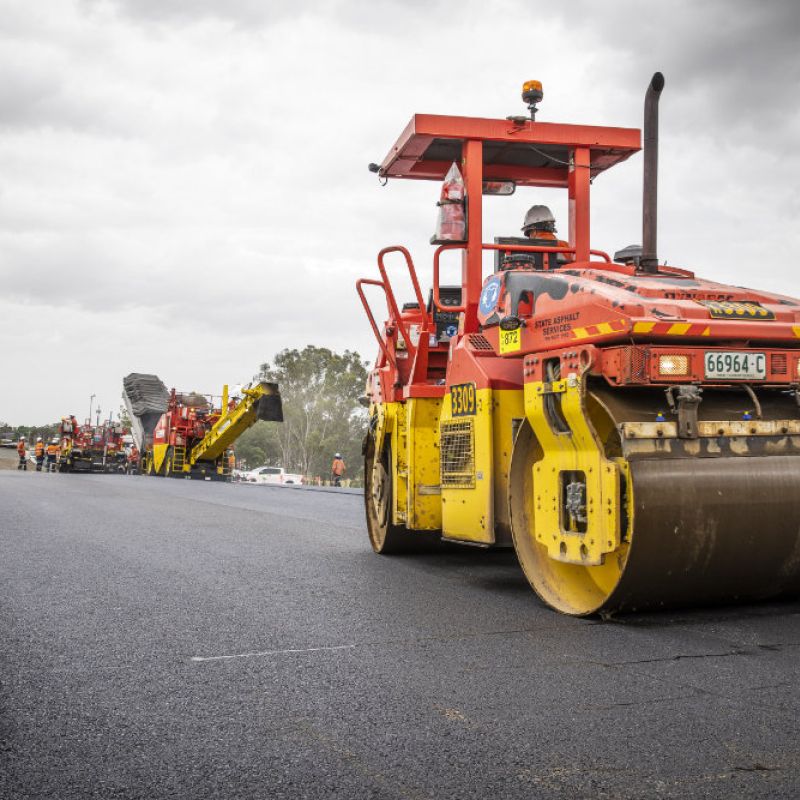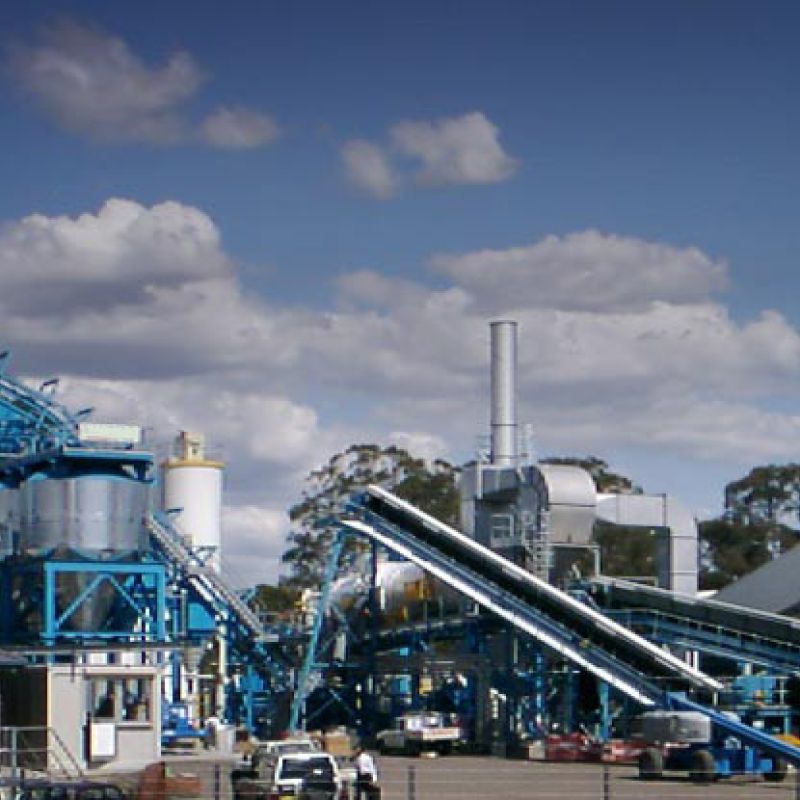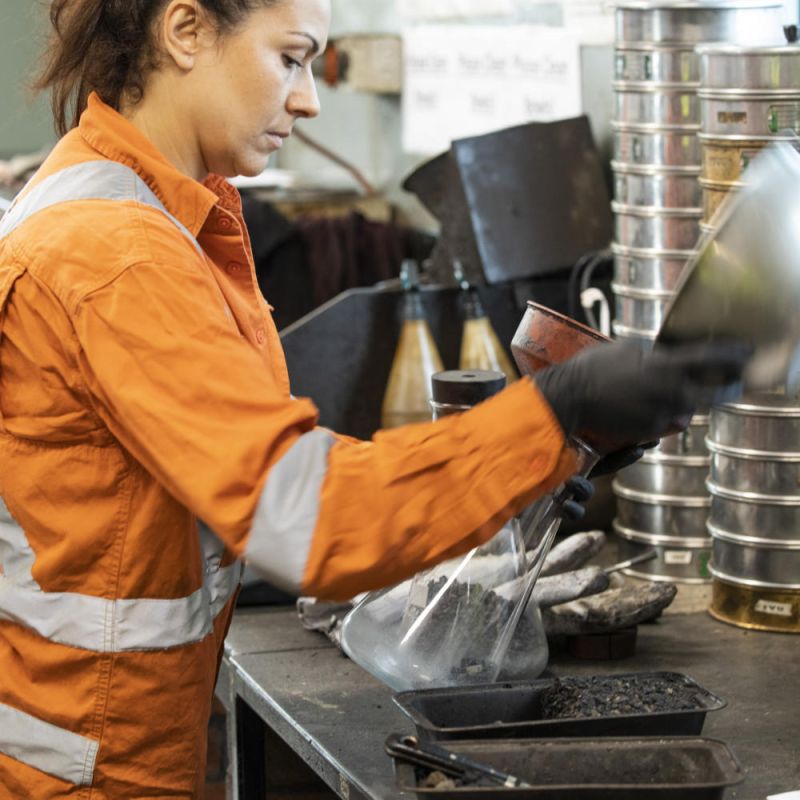About / Blog
The Latest Updates
Featured
Spray Sealing: A Cost-Effective Solution
Local councils, contractors, and asset managers often try to balance cost, durability, and long-term performance when dealing with road maintenance and construction. Spray sealing offers an effici…
-
June 24, 2025
